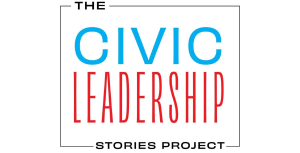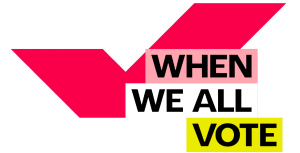Civic themes do appear in some of today’s most-viewed entertainment TV programs in the United States—across networks, platforms, and genres. However, although characters are often shown talking about contemporary civic and social issues (such as racism and the environment), they are rarely shown taking leadership and acting to solve civic problems in their communities. Given this imbalance, models of authentic and effective civic leadership and civic participation are not readily visible. In addition, although they show up infrequently as characters in entertainment TV, civic leaders onscreen are twice as likely to be shown engaging in illegal activities than working in policymaking. By far, the civic professionals we see the most are members of law enforcement and the criminal justice system—much more than politicians and non-elected government officials/civil servants. When elected officials and civil servants do show up as characters in entertainment TV, they are dramatically more likely to be White and men. And in today’s most-watched, top-rated entertainment TV programming for young adults (ages 18-34), registering to vote and voting are actions that are nearly invisible, appearing in less than 1% of episodes. Voting messages are also nearly nonexistent.
But these findings also present opportunities: When characters or subjects do engage in civic conversations or actions, they do so across all genres of entertainment—from scripted drama to comedy to unscripted—which presents actionable ideas for entertainment engagement across programming types for the future. In other words, no one entertainment genre is better able to incorporate civic life and participation than another, from reality to scripted drama to comedy. And on-screen characters’ civic conversations mirror topics of concern in the United States, from racial justice to mental health and more; popular culture is a reflection, in many ways, of contemporary civic dialogue.
On-screen characters in top-rated entertainment TV programs are much more likely to be seen talking about civic and social issues than taking action.







